5 books read recently (but almost all from 2009…) that I’d like to revisit because they seem worthy of interest. Read, started in the spring and I’m finishing some now (quite a few novels on the side to clear my head, I recommend The Déchronologue, by Beauverger, which Antoine V. had in turn recommended to me. A tale about Caribbean pirates confronted with strange and futuristic events).
Freedom Inc (Liberté et compagnie) (en/fr), 2009
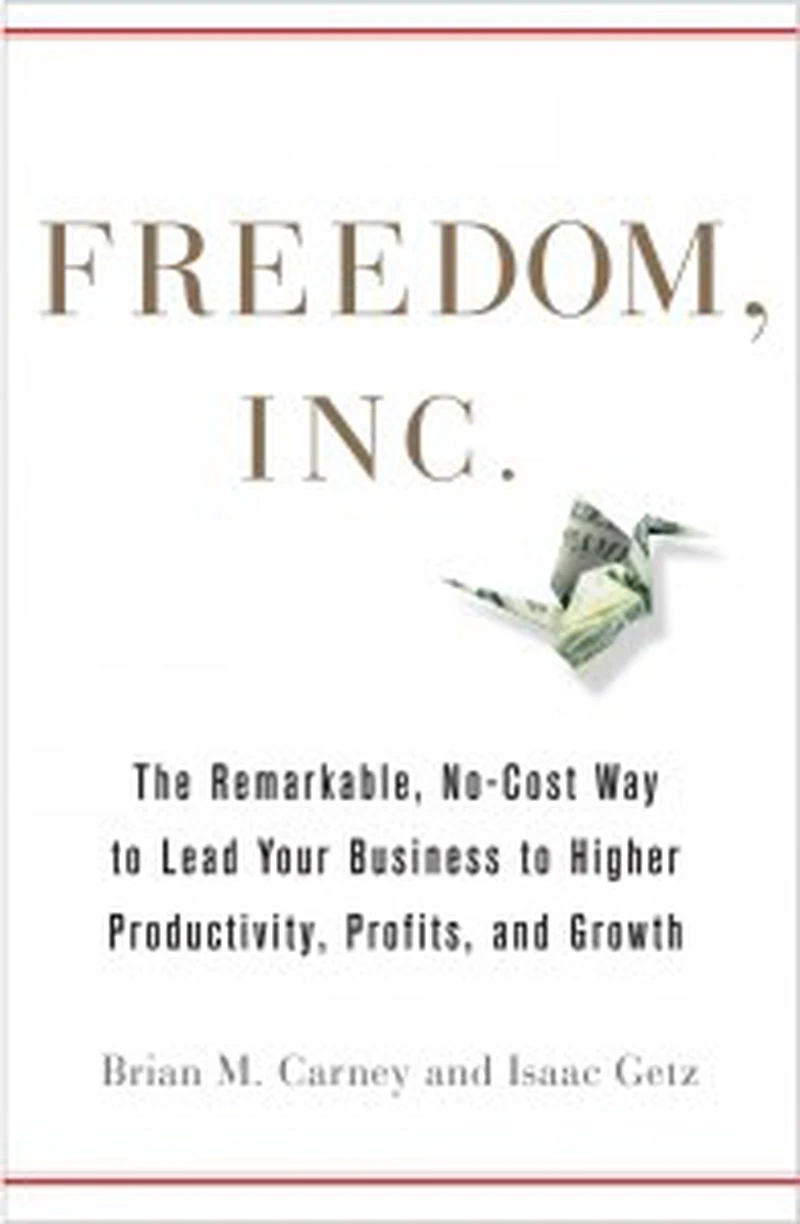
Brian M. Carney and Isaac Getz
Similar to the next one (Tribal Leadership), the description of new management, or modern management. The strength of these new approaches (self-organization, organic organization -not industrial-, people motivation, etc.) through lived stories and quite interesting examples. To cite one or two:
- An American organization (so no “probation period”) offers its fresh recruits a very nice bonus (say 5000 euros) to … leave the company. If they think the company is worth any other, might as well take the bonus and go elsewhere. If not and they’re attached to the company’s values, they’re ready to sacrifice the bonus. For the company this commitment is very significant. The cost is low compared to the gains.
- Another company transforms its job interviews -face to face- into team interviews at the cafeteria. The candidate must be accepted by the group, the idea being that fitting into the group is important, and you can’t fool 10 people. But I can’t remember, the two books having the same foundation, if this example doesn’t come from Tribal Leadership.
For us French, this book is also a good surprise because it cites quite a few French initiatives or talented French bosses. (and you can find it in French: “liberté & compagnie”)
Tribal Leadership (en), 2009)
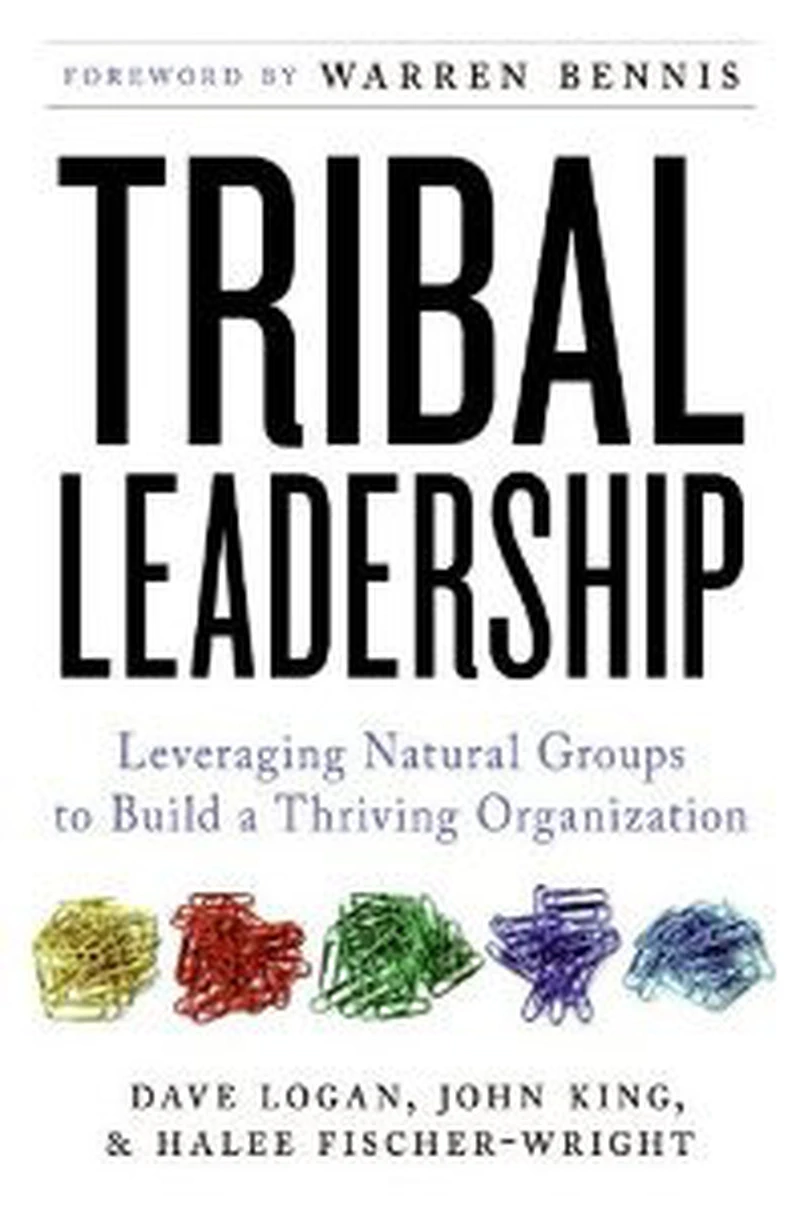
Dave Logan, John King, Halee Fischer-Wright
As mentioned above, Tribal Leadership speaks to the same subject: modern management, new practices and managerial approaches (I’d say), as Freedom Inc. Without enough perspective yet, I’d say that Freedom Inc is richer, but Tribal Leadership has the strength of proposing a system, a matrix.
So the idea emerges better from Freedom Inc but is fixed in the matrix of Tribal Leadership.
Basically the book proposes a breakdown between 5 types of behavior/tribes, organizations. You’re situated in one of the levels (it mainly describes your state of mind and your relationship to others, thus your involvement). You can move from one level to another (going up is progressing, but you can also go down), without being able to skip a level. It’s interesting because these archetypes are quite telling (“life sucks”, “I’m great”…). It doesn’t restrict to that (it mentions triads -group dynamics, “3 is a crowd”- instead of dyads -pair dynamics-) but that’s mainly the idea.
Kanban pour l’IT (fr), 2012
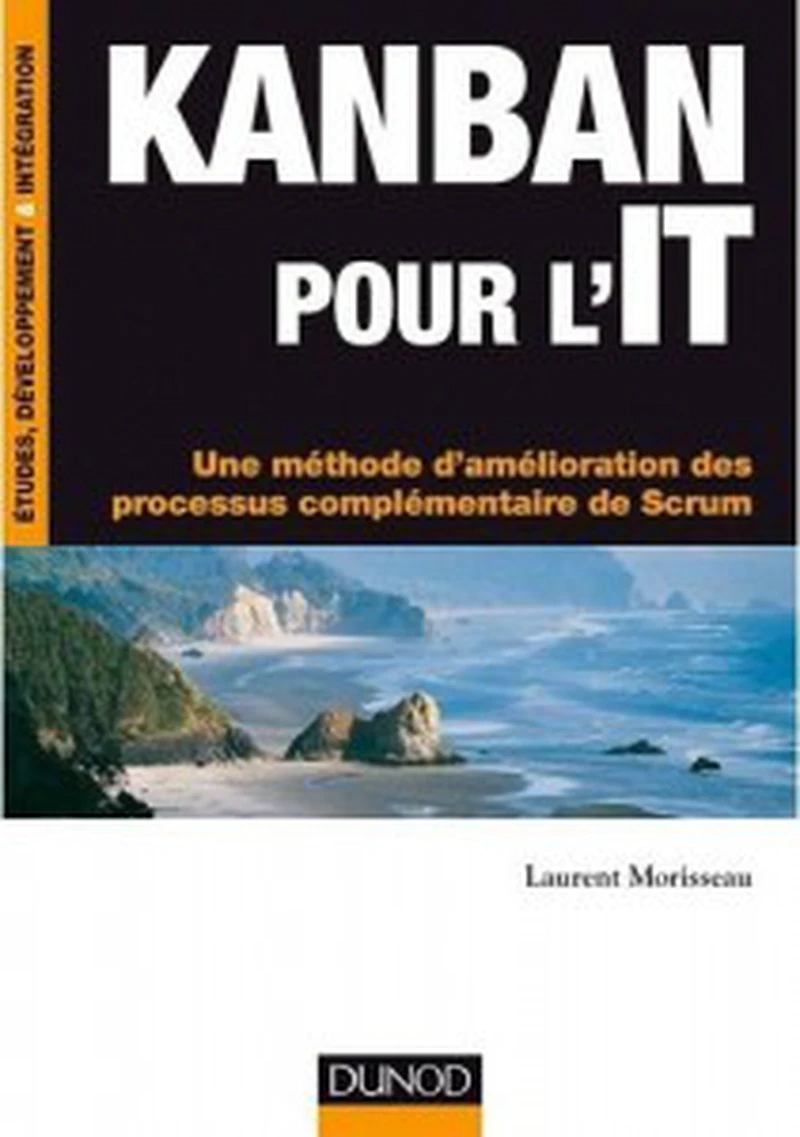
Laurent Morisseau
Another domain, Laurent’s book on Kanban, which expands our French books, and will probably become like Claude’s book on Scrum a standard. Efficient and complete, it will prove very useful. I find in it Kanban’s strengths and weaknesses (in my eyes).
From my little window I continue to use Kanban when:
- the organization isn’t mature enough, or too conflicted, to use scrum.
- the organization is very mature and wants to free itself from the deadline contingencies that scrum has (iteration).
- major material constraints: dispersion of groups and people.
- in almost all cases to have macro visibility on the project portfolio, or other necessary transverse vision.
I still don’t understand why all these companies that want to grab the agile label but aren’t really agile don’t rush to Kanban which suits them much better. Imagine service centers kanban/extreme programming. That has style.
I’m still not sensitive to all the mathematical formulas used by Kanban. It’s surely interesting but in my eyes it’s not product or project management, nor management, which for me must be human (in the sense empathy/not necessarily predictable/complex, emotional, etc.). Kanban is a model, a modeling of activity. Scrum a group dynamics approach. Agile a state of mind. And the debate continues.
I’m always amazed by the power of Kanban, and visual management in general.
Brain rules (en), 2009
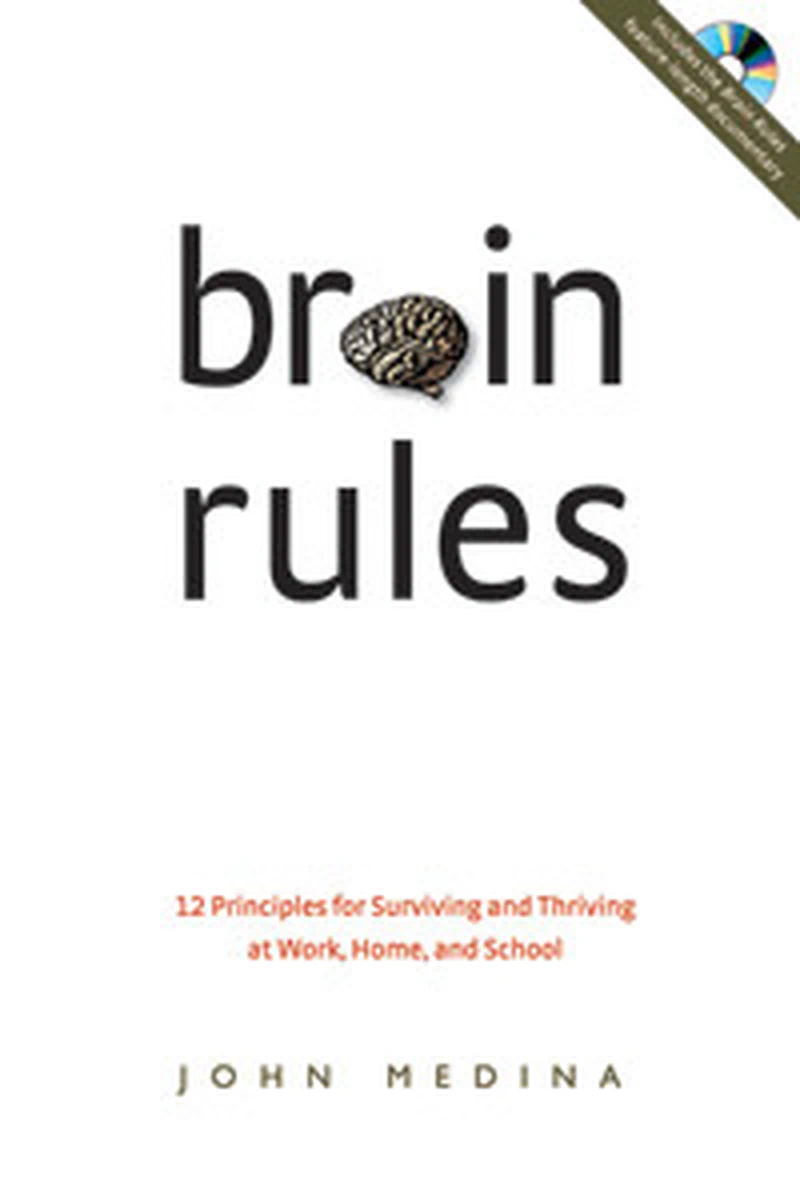
John Medina
And precisely how does this visual management work. Why is our brain so sensitive to it (at least mine, but also yours if I believe this book). How does it work, what is it sensitive to, this brain? That’s the subject of this very pedagogical and very popularized work. Very nice to read. If you want to have a bit more of a headache you must read “Descartes’ Error” (by Damasio) from which “Brain rules” draws part of its subjects. But that’s hard and harsh science, so I don’t cite it, but I drew one major idea from it (without knowing how to use it): your reasoning cannot be conceived without emotion. If you reason without emotion you necessarily reason in the short term. Good reasoning in the human brain necessarily conveys its share of emotion (or comes from its share of emotion).
This adds a bit of salt to the discussion mentioned earlier between the modeling and mathematical formulas of Kanban, and Scrum’s social approach.
Unfolding the napkin (en), 2009
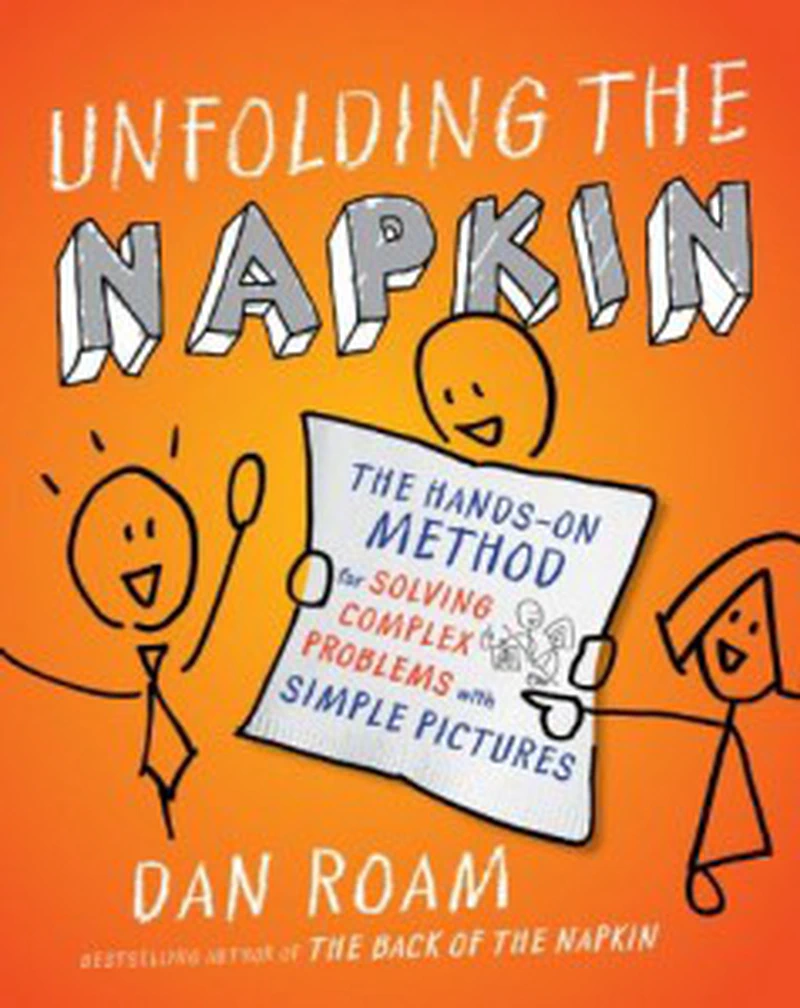
Dan Roam
Finally, last but not least, this magnificent work by Dan Roam on using drawings instead of text, powerpoint and other cold stuff. It’s just magnificent. Since then I draw stick figures at my clients’, and it … works. A must read, absolutely.
ALE 2012, openspace session lectures
This allows me to bounce off a session I participated in during the openspace at ALE 2012. Our reading lists and our recommendations. I’ll limit myself to showing you the list. And just describe the final intervention by ### who, manifestly enthusiastic, explained to us that all these f###!!! made us believe that writing was reserved for a pseudo motherf**** elite and that it was b***s***. That you just needed to read this book: *Joseph Williams Style: ten lessons to clarity and grace* and then the trick was done, you could write like anyone. The first two chapters are enough according to him. Me with my such particular style… I want to answer: doesn’t that risk making everyone write the same? (which I unfortunately observe).
Our feedback, in whiteboard order:
Joseph Williams Style: ten lessons to clarity and grace
Jospeh O’conner: NLP, achieving results
Dave Logan: Tribal Leadership
Linda Rising: Fearless change
Gori, Le Coz: L’empire des coachs
Medina: Brain rules
Sharon Bowman: Training from the back of the room
Dan Heath: Switch
Susan Caine: Quiet
Henry Collins: Tacit & explicit knowledge
David …K ?: Thinking for V and slow ?
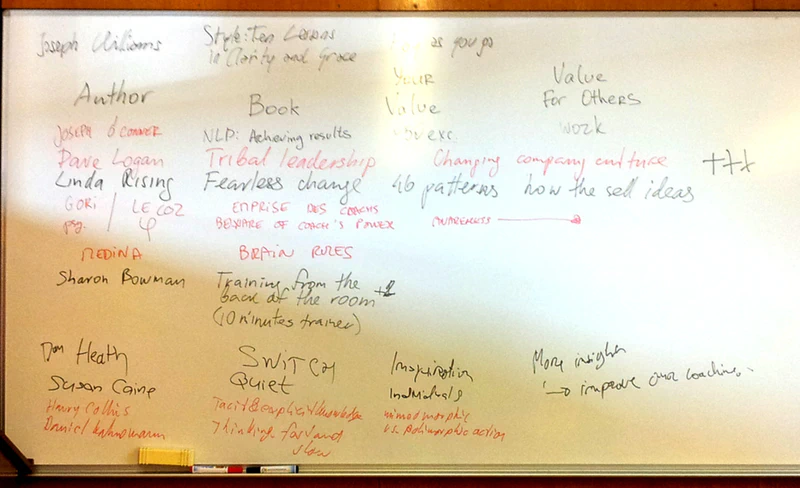
Readings, the links since 2010
- Readings fall/winter 2014
- Reading notes 2013: between crystal & smoke (Henri Atlan)
- Readings fall 2013
- Readings fall/winter 2013
- Readings spring/summer 2012
- The empire of coaches (Gori & LeCoz)
- Some books to read to do agile (2011)
- Reading notes 2010: Karmic Management
- Reading notes 2010: Scrum (by Claude Aubry)